Eggs are very versatile. Not only do they serve as ingredients for your dough or batter, you can also cook them in many different ways!
So if you didn’t know that, and you’ve been eating eggs the same way all your life, we’re here to tell you to live a little. In fact, this article is for you. It’s going to take up not only how you can cook your eggs differently, but also how else you can use them for a delicious breakfast meal.
Let’s get to it, shall we?
The different ways of cooking eggs
Like we said, you don’t only have to cook your eggs in one way over and over again. Here are different methods for cooking them. Make sure to memorize these so you know what to answer the next time you’re at a breakfast buffet and the chef asks how do you like your eggs!
Scrambled eggs
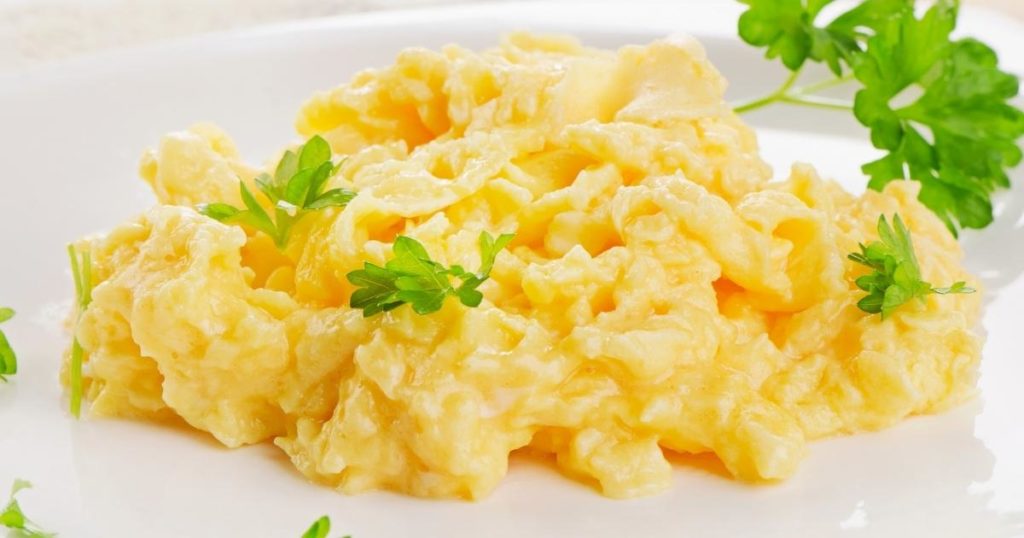
One of the most basic ways to cook and enjoy an egg. Break open the desired number of eggs in a bowl, add some salt, then start beating them until the yolks and whites have completely combined. Put them in a pan and start cooking.
Some mix their eggs with butter and milk for more creaminess.
Sunny-side up eggs
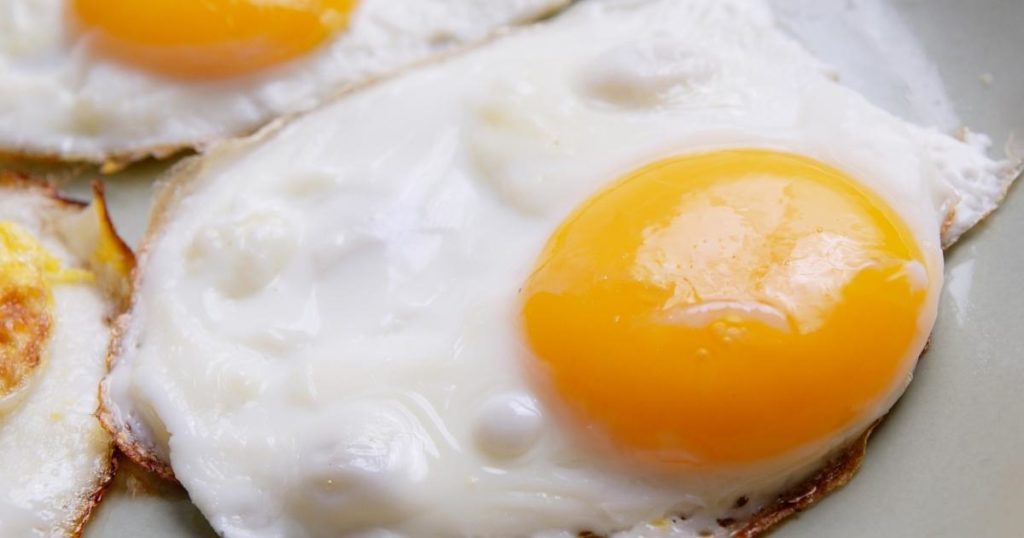
Sunny side up eggs are another of the more well-known ways to prepare an egg. It’s a way of cooking where the egg whites are solid but the yellow yolk in the middle is still runny. That’s why it’s called sunny-side up: the round yolk looks like the sun.
Hard boiled
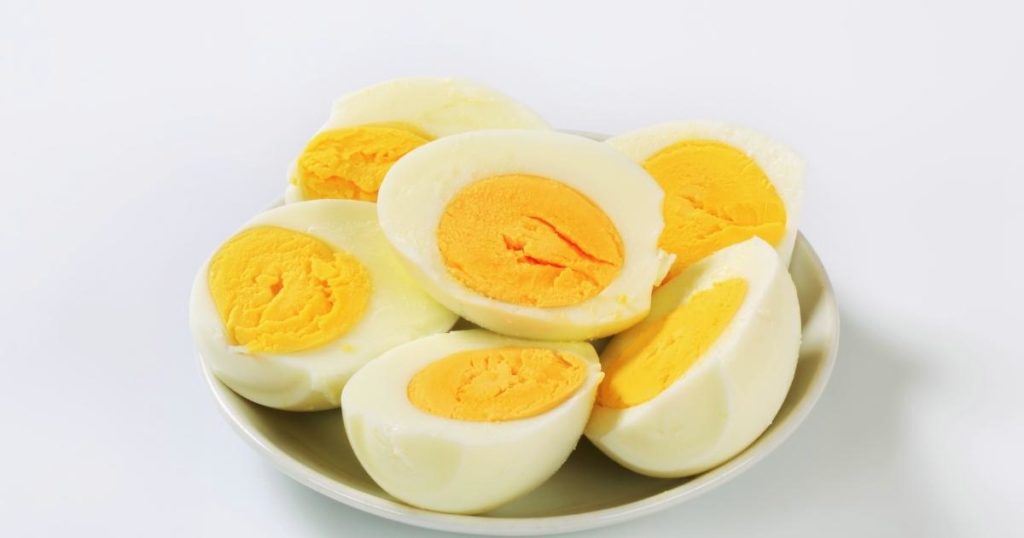
When you hard boil an egg, that means you’re cooking the egg without breaking the shell by putting them in water brought to a boil. The whole inside of the egg should be solid for you to consider an egg as hard boiled.
So how do you eat one after? Let it cool, break open the shell, and start peeling. Add salt for more flavor!
Soft boiled eggs
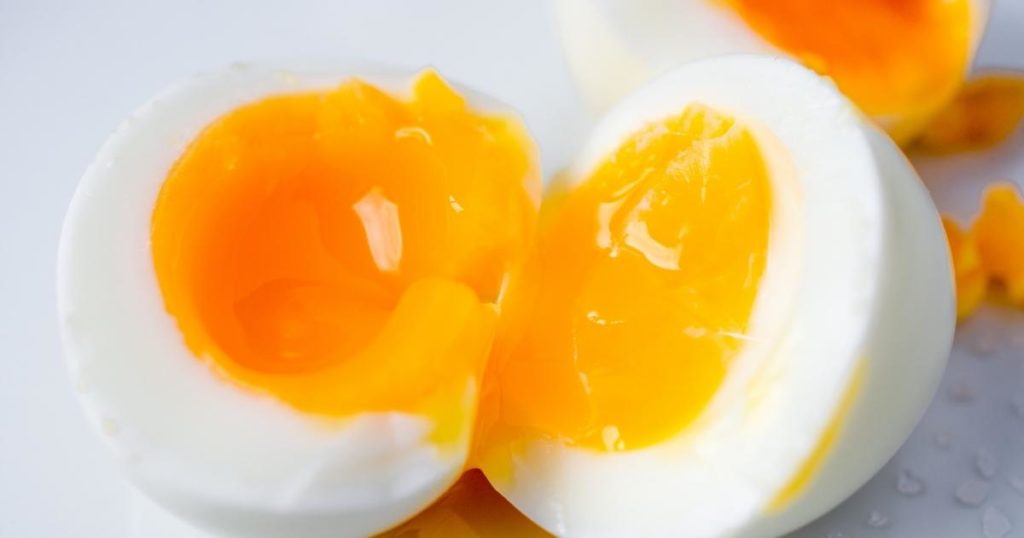
You often see soft boiled eggs placed in ramen, but you can also eat them by themselves. They also look like hard boiled eggs but there’s a difference!
Remember that you make hard boiled eggs by putting eggs in cold water that you boil. Soft boiled eggs, on the other hand, are placed in water that’s already boiling.
How do you know it’s a soft boiled egg? Look for an egg that has been cooked in its shell with whites that have a custard-like texture and yolks that are creamy, ranging from runny to jammy consistency.
Pressure-cooked
Have a pressure cooker? Then you basically have the shortcut for making soft boiled and hard boiled eggs. The result will depend on the minutes of cooking.
And if you have an air fryer, even better: you won’t need water at all
Poached eggs
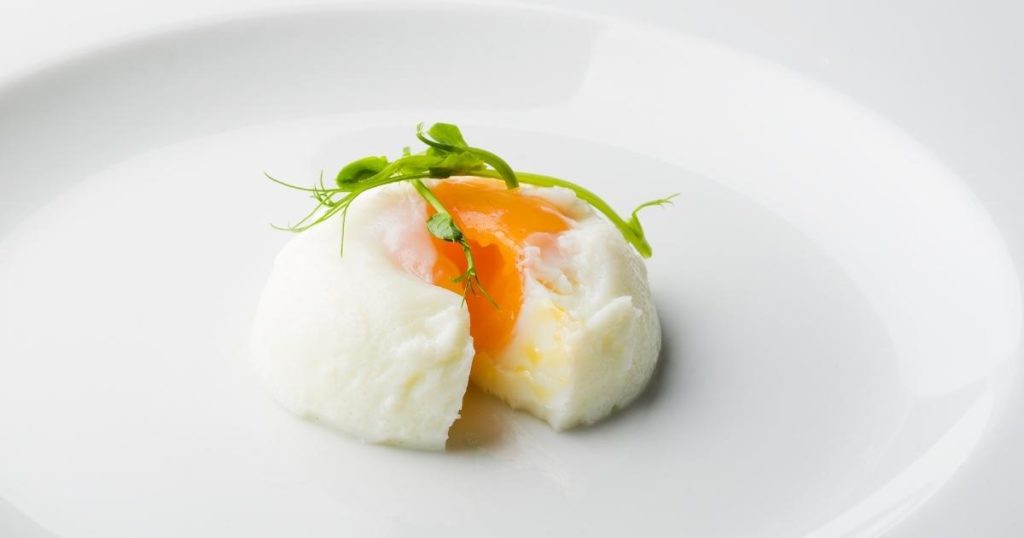
Poached eggs, in our opinion, are beautiful. You have egg whites that are very firm to contain an oozy yolk in a nice, round shape. Then when you cut the circle open…
Oh, that burst of yellow. So beautiful!
Poached eggs have a reputation for being difficult to make, but you just need plenty of practice.
How do you poach an egg, exactly? Keep that question in mind – we’ll get to it later.
Over easy
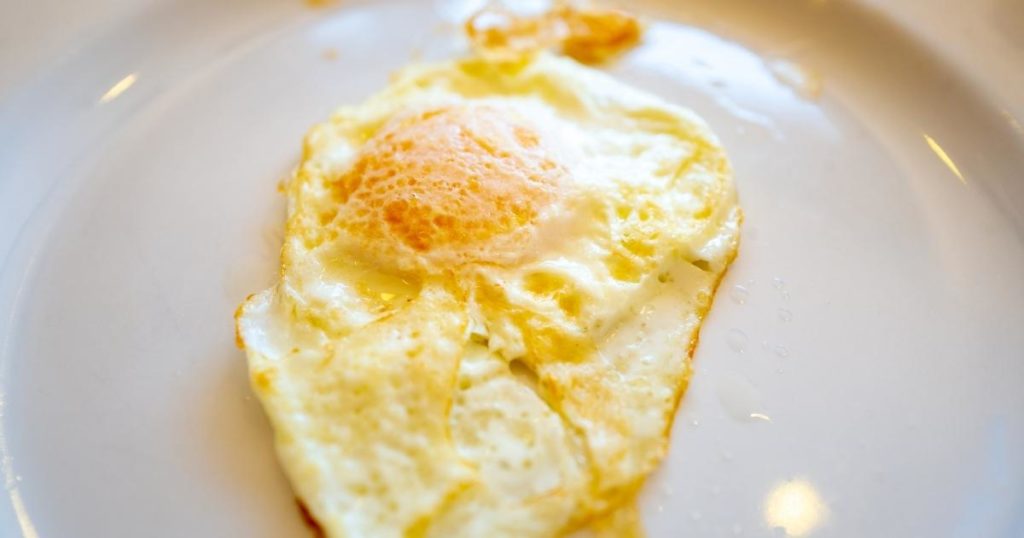
Eggs over easy are simply sunny-side ups that you flip over. You’ll also get a runny yolk, which is great for dipping stuff into.
How to eat eggs for breakfast
Now that you know how to cook eggs in different ways, you should also know how to eat them in whatever way they’re cooked! Here are a few ideas.
As the main course
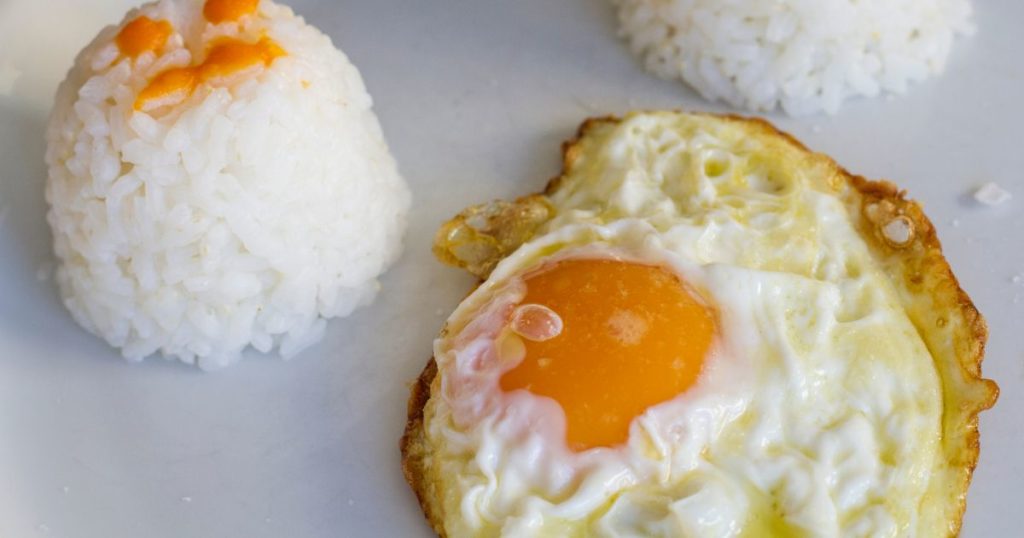
Whether you’re going to eat eggs with rice, or egg with bread, or just eggs ‘cause you’re on a keto diet, eggs are more than good enough to become the main course for breakfast. We’d recommend eating more than one, too. Contrary to popular belief, eggs aren’t really as bad for your cholesterol as we’d like to think.
Hey, the Mayo Clinic said it – who are we to argue, right?
As a side
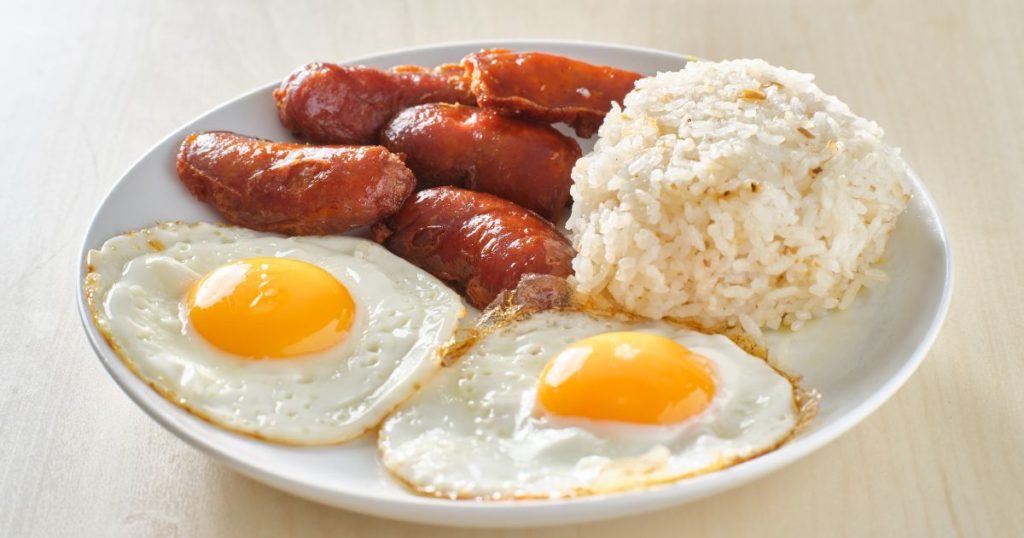
This is the usual state of eggs: a supplement to whatever protein we crave in the morning. That’s not really a bad thing. It just means more protein, more tastes, and more to eat.
We really can’t find a way to complain about that.
As an omelet
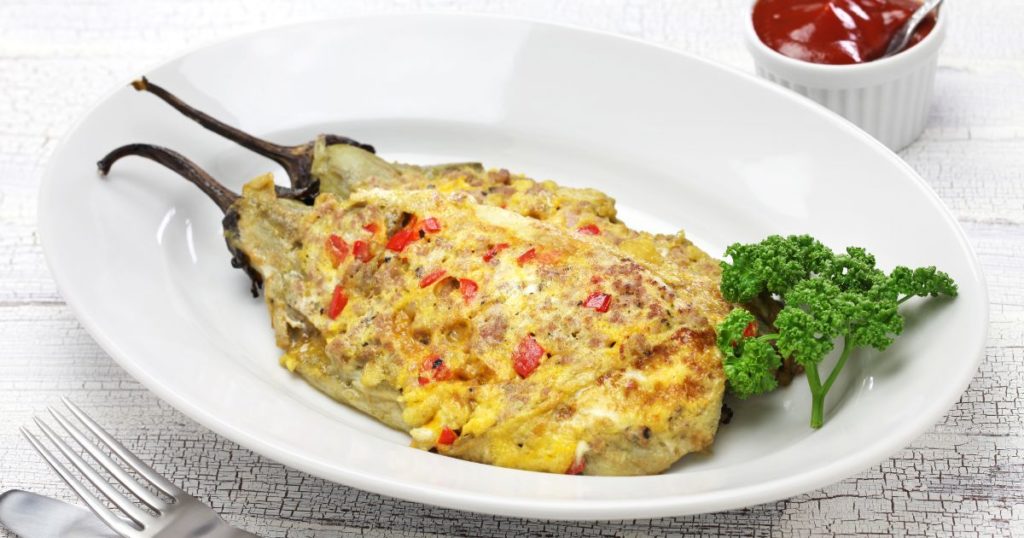
Think of an egg surrounding a filling like meat, mushrooms, other vegetables, and so on. That’s an omelet. The ingredients are incorporated into the egg.
One of the more popular ones here in the Philippines is the tortang talong. Yes, that’s an omelet!
Why not just eat the ingredient and the egg separately? Well, we’re guessing psychologically, it’s more filling since the egg gets thicker as it merges with the filling of your choice, but again, that’s just a guess.
In a sandwich
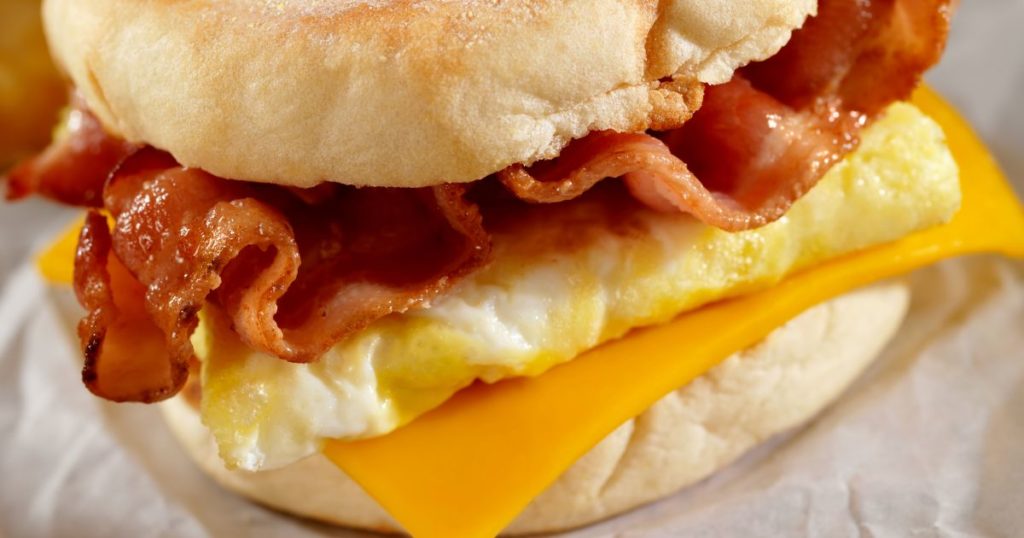
If you don’t want rice and eggs together, another option is to make a sandwich with either egg as the main ingredient or added with more proteins, like ham or a meat patty. As you can see with one of the fast food brands here, that combo is very popular.
Speaking of eggs and sandwiches…
We hope this article gives you more ideas on how to enjoy your eggs! And hopefully, it has revived your love for this simple but versatile breakfast protein.
And speaking of love for eggs, because we love eggs so much, we produced a class dedicated to eggs!
Or well, to one particular sandwich, at least.
Have you heard of Eggs Benedict?
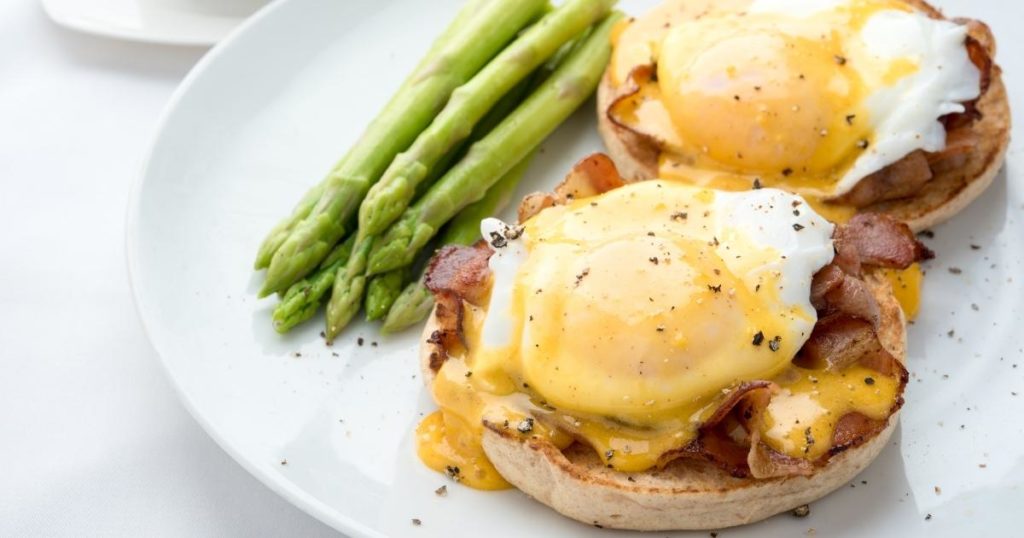
It’s a traditional American breakfast or brunch item. It’s an open faced sandwich composed of 2 halves of an English muffin, bacon or ham, runny poached eggs (told you we’d get back to this!)…
AND… it’s topped with a delicious, rich, and silky Hollandaise sauce. Add a few herbs as well, and what you have is pure INDULGENCE.
If reading that makes you hungry, well, don’t worry: Chef Max Nadin is back with another class for you!
And if you guessed that it will show you how to make restaurant-quality Eggs Benedict, from poaching eggs, to making Hollandaise sauce and to putting everything together – you got it right!
The best part? Just like Chef Max’s Roasted Garlic class, this one is also FREE for all The Bailiwick Academy students!
Just go over to your Student Dashboard and look for FREE COURSES:

You’ll see this class:
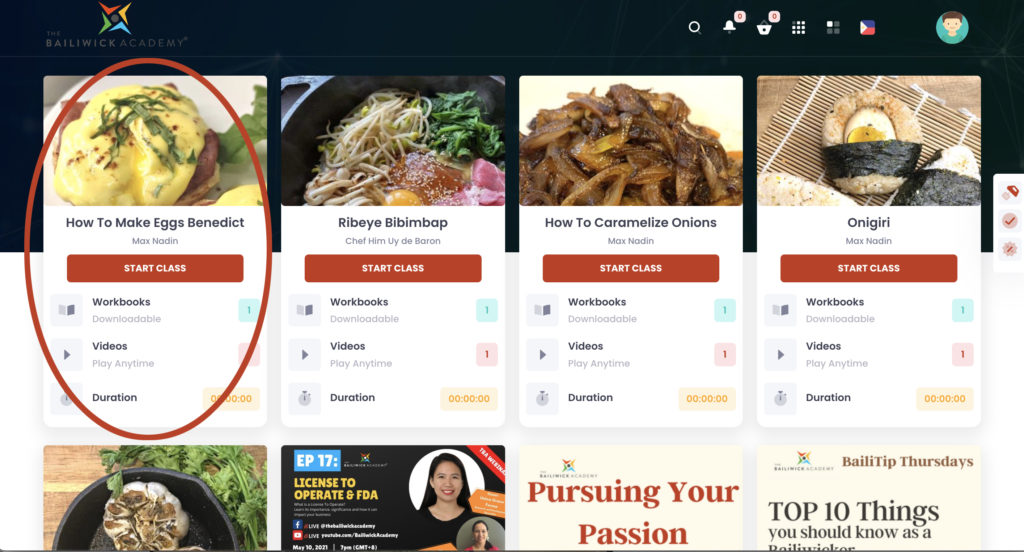
Just click on it and you’ll be ready to get started!
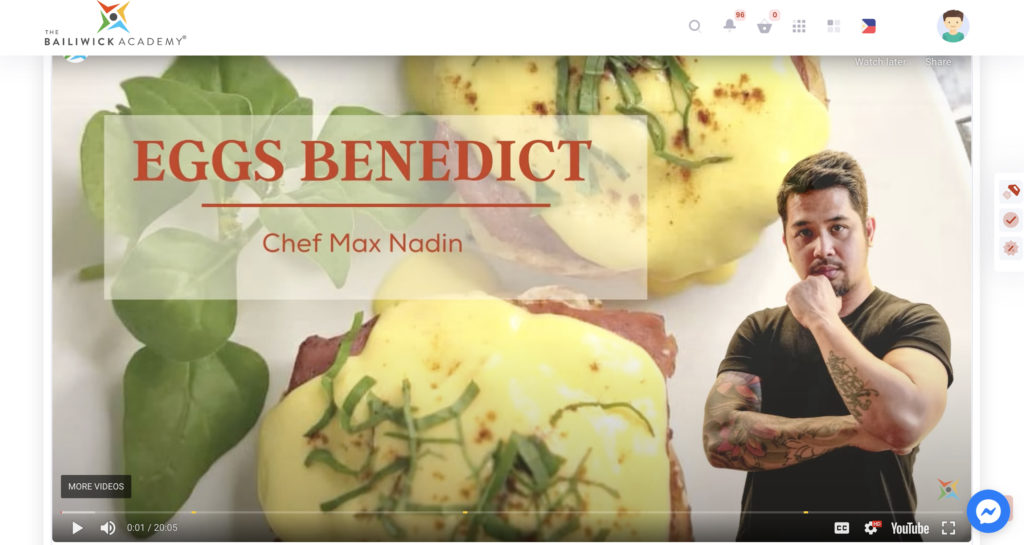
All you need to do to get access is to sign up at The Bailiwick Academy! It’s that simple.
So what are you waiting for? Sign up, go to your Student Dashboard, and start on one tasty eggs-perience!
—
Keep coming back to The Bailiwick Academy blog for more kitchen tips, tricks, and much more!

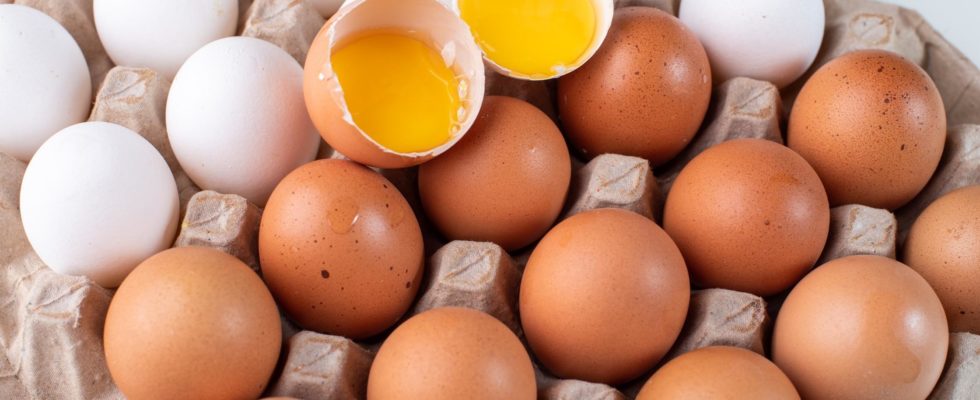
Pingback: How To Stock Your Baking Pantry - The Bailiwick Academy